Hydrangea
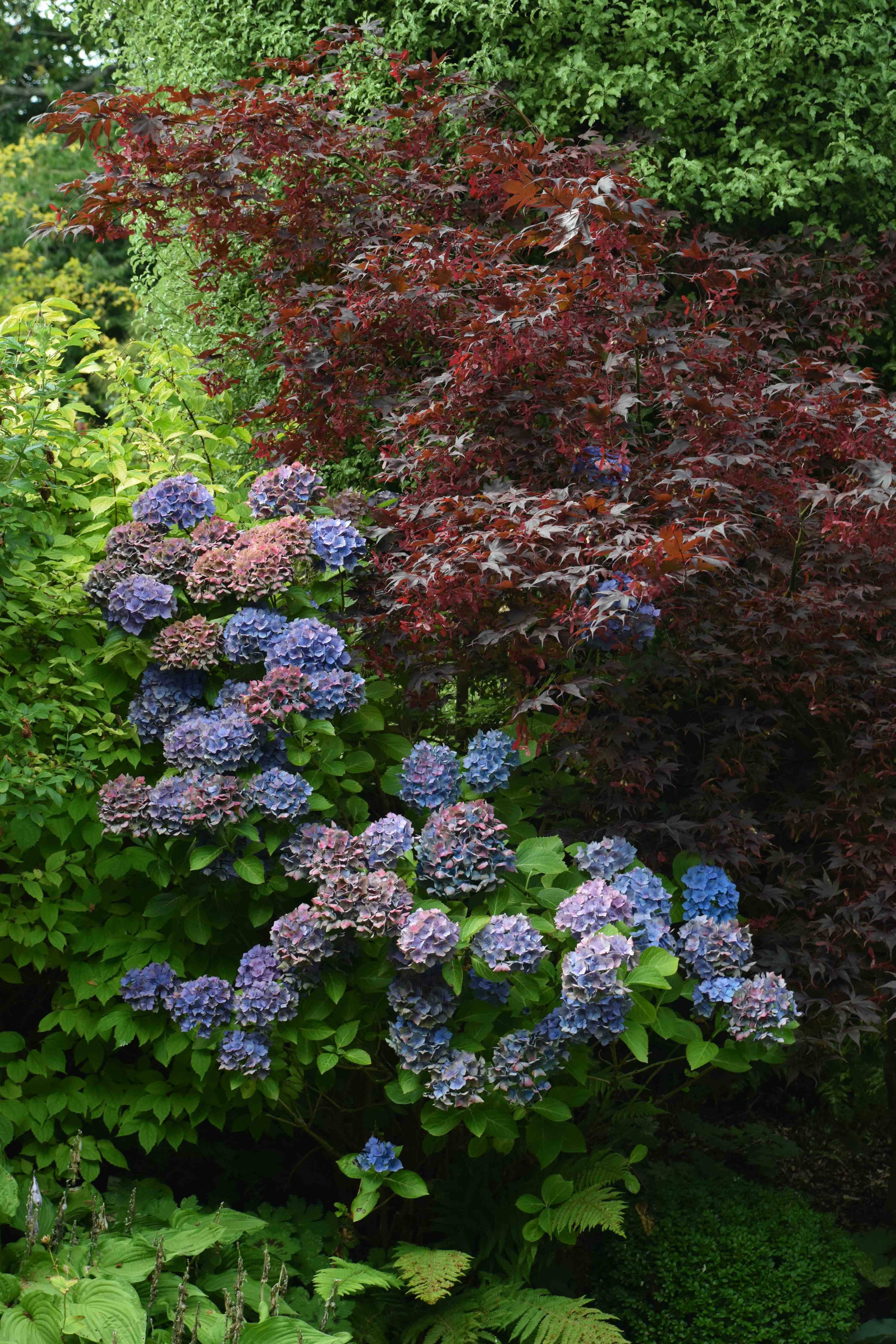
The wet July did not suit everything but hydrangeas have loved it. Famed for their long-lasting flower heads in pink or blue, they are unrivalled for bringing colour to the summer garden.
There are lots of hydrangea species but I am going to restrict myself to the most popular, ‘mophead’ and ‘lacecap’ hydrangeas, called ‘hortensias’ in France, ‘bigleaf’ hydrangeas in America and simply ‘hydrangeas’ here! They are botanically Hydrangea macrophylla. These are the hydrangeas that can be blue or pink/red according to the acidity of the soil.
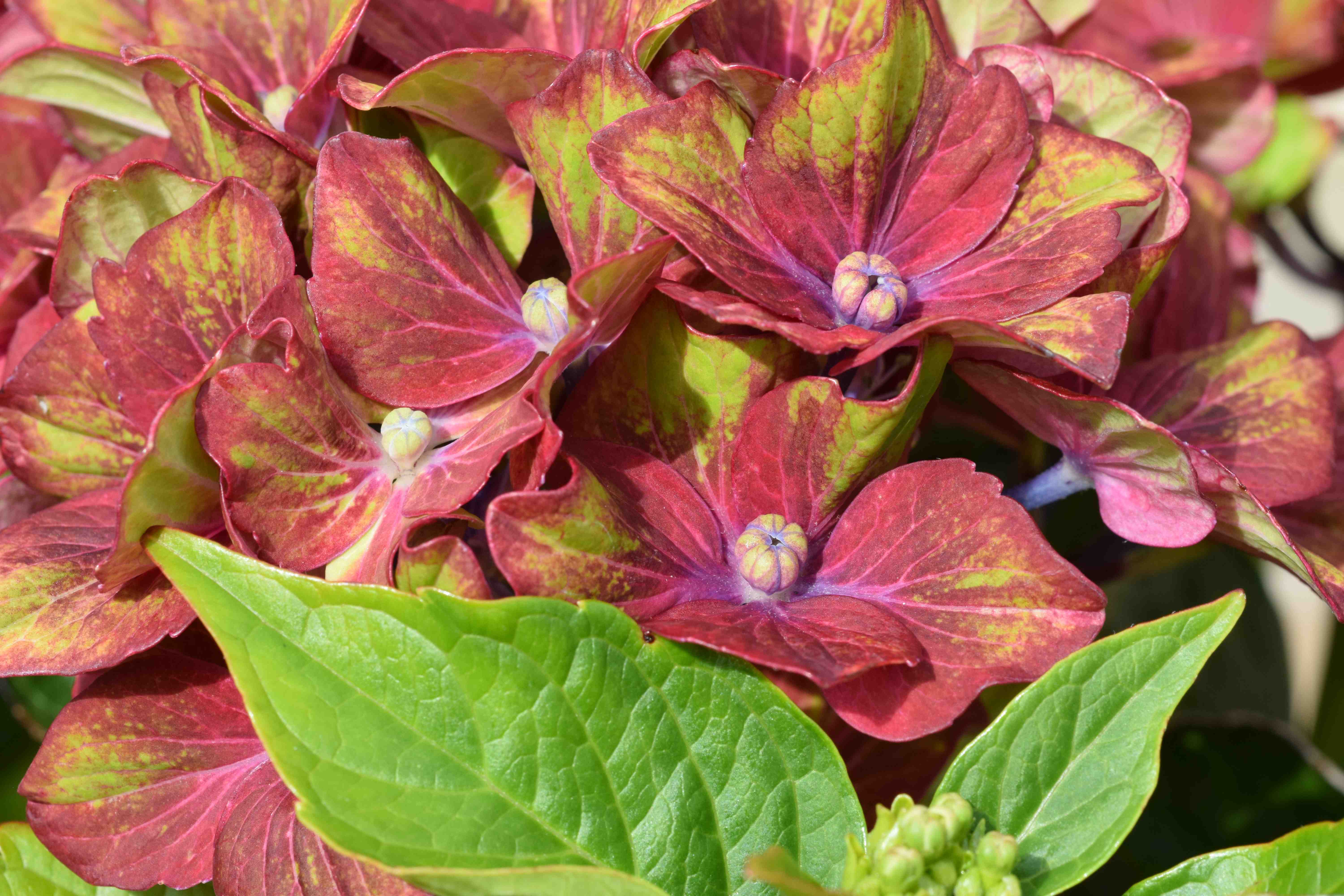
Why grow it?
Hydrangeas are the best way to fill the garden with colour in late summer and into autumn. Older kinds can be large shrubs up to 2m high and even wider. Modern kinds are much more compact with a huge range of flower shapes. Lacecaps have a ring of showy, sterile flowers around a flat head of tiny, fertile florets and have a more ‘natural’ look. They are ideal for more informal settings. The mopheads have large, domed heads of sterile flowers and are often spectacular to the point of looking rather unnatural.
Where to grow it
They thrive in sun or part shade and in most soils but not very sandy, dry soils and they will not grow well on chalk. They are ideal plants for containers but they need lots of water. Use John Innes No 3 compost (for pink flowers) or lime free John Innes (for blue) and do not use multipurpose compost when growing in pots.
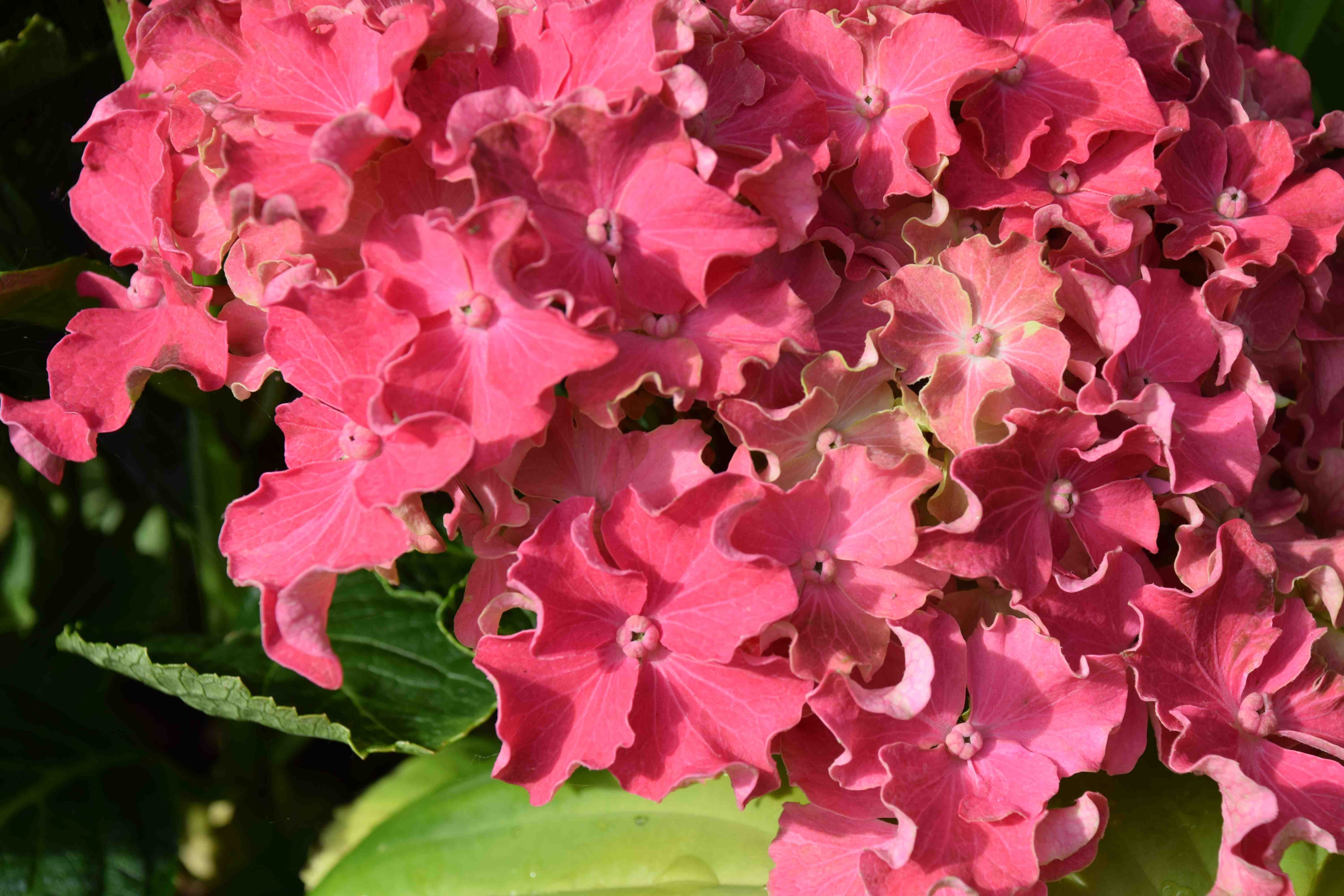
Where to start
You can buy a plant now in flower and put it in the garden or patio pot. In spring, many hydrangeas are ‘forced’ into early flower and these will be damaged by late spring frost but bought now they will be fine outside. Some of the more delicate varieties struggle to adjust to garden life and I have found the best way to deal with them is to grow them in a pot for a year, enjoying them on the patio, till they get bigger and then they grow well in the garden.
Look for the suggested maximum size of the plant before you buy. It is very difficult to keep a large hydrangea small and keep it in bloom.
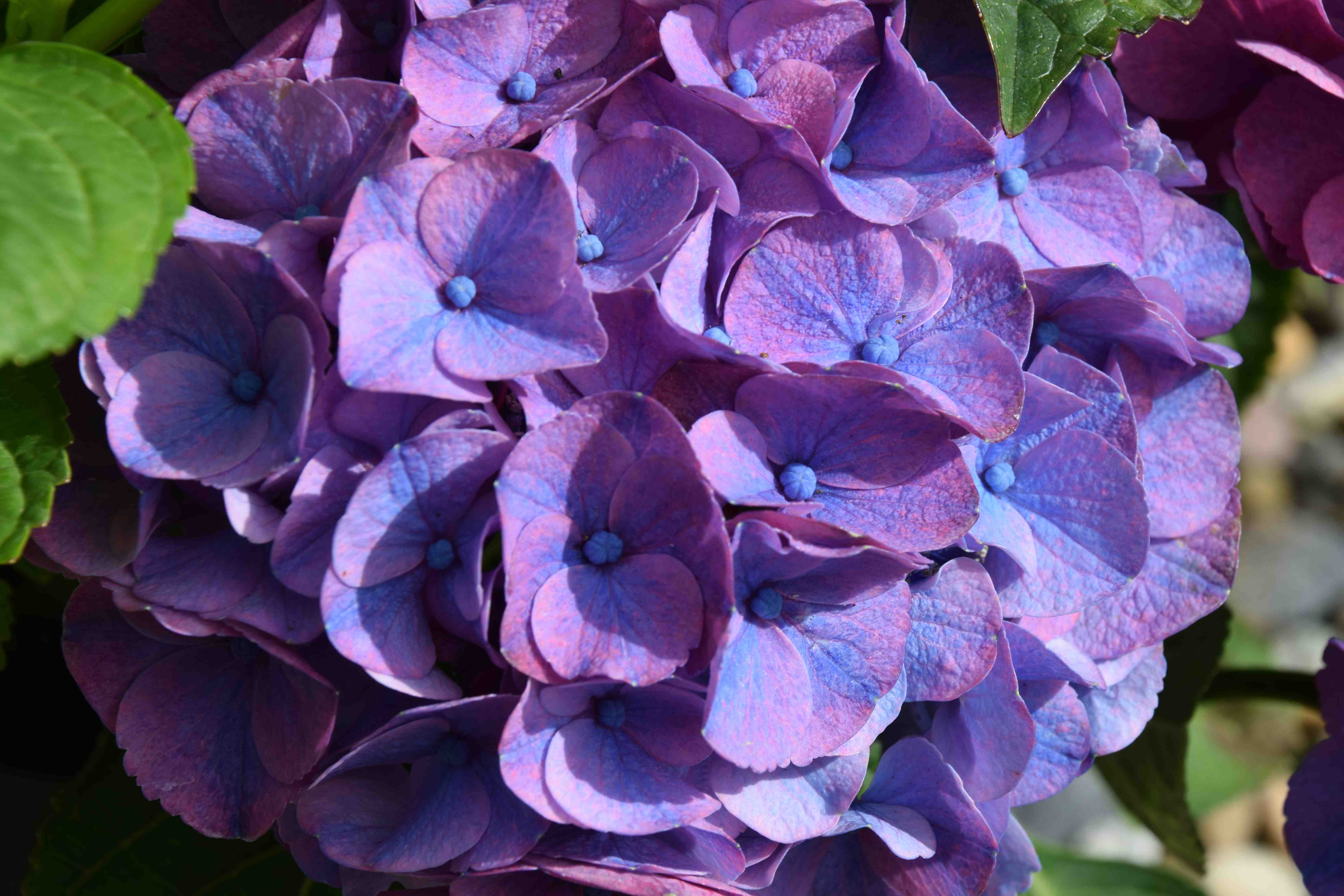
What to do
Prepare the site well. Hydrangeas like a rich soil with lots of organic matter so fork in compost. Do not plant in a pocket of compost but mix it in well. Water the plant well and water the hole. Plant it and water and keep the plant moist in dry weather.
Most hydrangeas bloom on sideshoots that grow from the previous year’s growth and so pruning should be done by just cutting off the old flower heads in March. You must not cut the plants back hard or you will get strong growth and no flowers. Modern kinds, such as ‘Endless Summer’ and ‘Runaway Bride’ will flower after hard pruning but be careful!
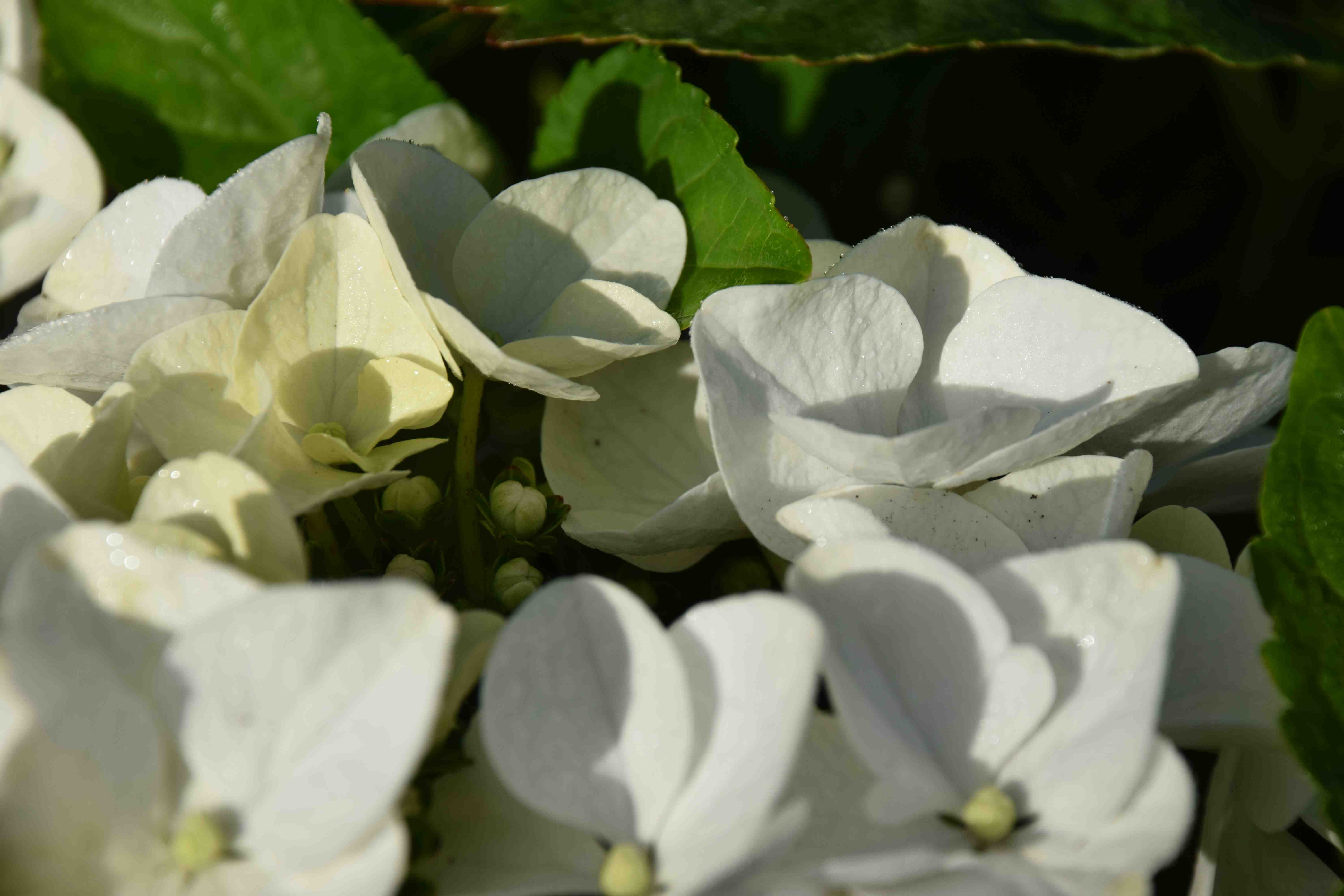
Who will like this?
Everyone! I used to dislike hydrangeas but am growing to admire them for the colour they provide in late summer. The mopheads add colour to formal gardens while the lacecaps are useful in part shade under trees. In my own garden I have mopheads by the house and lacecaps near the hedges under birch where they fit into looser planting styles. White hydrangeas have a special simplicity and I love them while the flowers are young. They tend to discolour quickly so plant them in part shade to slow the ageing to pinkish red. ‘Runaway Bride’ is a new white that flowers on new shoots so is a good choice if you want a showy white hydrangea.
Plant them with …
It doesn’t matter what you plant them with, a flowering hydrangea will steal the show! They are ideal in gardens with rhododendrons to provide blue colour. The mopheads are resplendent in large tubs in isolation.

Tip
Most hydrangeas can have flowers in pink or blue according to soil acidity. In acid soils the plants can absorb aluminium which is needed to produce blue pigment in the flowers. In alkaline soils the aluminium cannot be absorbed so the flowers are pink or red.
If you buy a blue hydrangea and plant it in alkaline soil the flowers will be pink next year. Often the colour is a mix of the two and lilac or lavender which is usually disliked but I quite like it, though I have to admit that true blues are a wonder!
If you want to have blue hydrangeas, whether in the ground or in pots, apply hydrangea colourant (aluminium sulfate) from mid summer onwards, as soon as you see buds appearing. It is too late to apply it once the flowers have opened. You can buy a pack at Nags Hall!
Weekly reminders
Trim hedges
August is the best month to trim hedges. If clipped now they will not make new growth this summer so they will stay neat for the longest time. Never cut into brown or bare growth with conifer edges, except yew.
Harvest sweetcorn
Sweetcorn should be ready to harvest. Look for the tassels to turn brown and then pull back the ‘leaves’ to expose the top kernels and push you nail into them. If the juice runs milky they are at the prefect stage to pick.
Pick early apples
My early apples seem especially early this year, though the wasps knew they were ripe before me! Early apples so not store well so pick them and eat them as soon as they are ready.
Sow veg
There is still time to sow some veg for autumn crops. Lamb’s lettuce and many Oriental greens are quick to grow and can be sown this month.